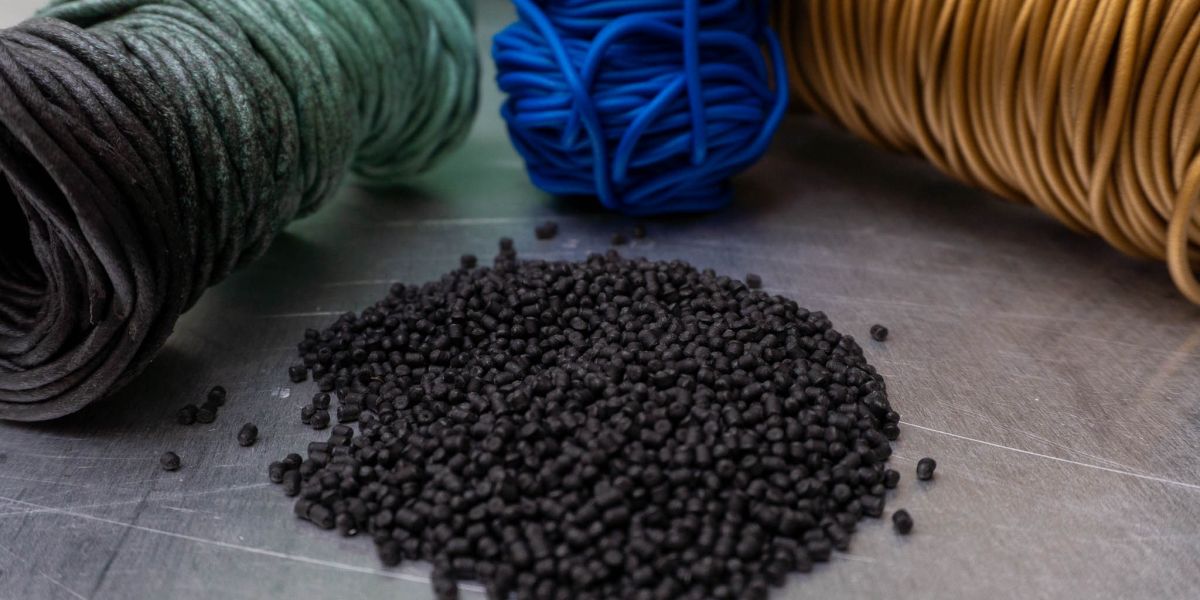Sustainability
Recycle, Reuse, Rethink.
formcollection stands for the development and research of 3D-printed sustainable furniture. We have always consciously invested a lot of energy in production innovations. Our research and development focuses on the properties of different materials and their potential to ensure maximum sustainability in a continuous material cycle in the future.
Everything in circulation
What we create starts with materials that have already been in circulation – and should return there.
Carbon fibers from the automotive or wind power industry, PET from used bottles, wood residues, or bio-based fibers are processed into pellets, which we then use in 3D printing to form new objects. The goal is to later recycle these objects and return them to the material cycle.
This cycle is still open, but we are working to close it piece by piece.
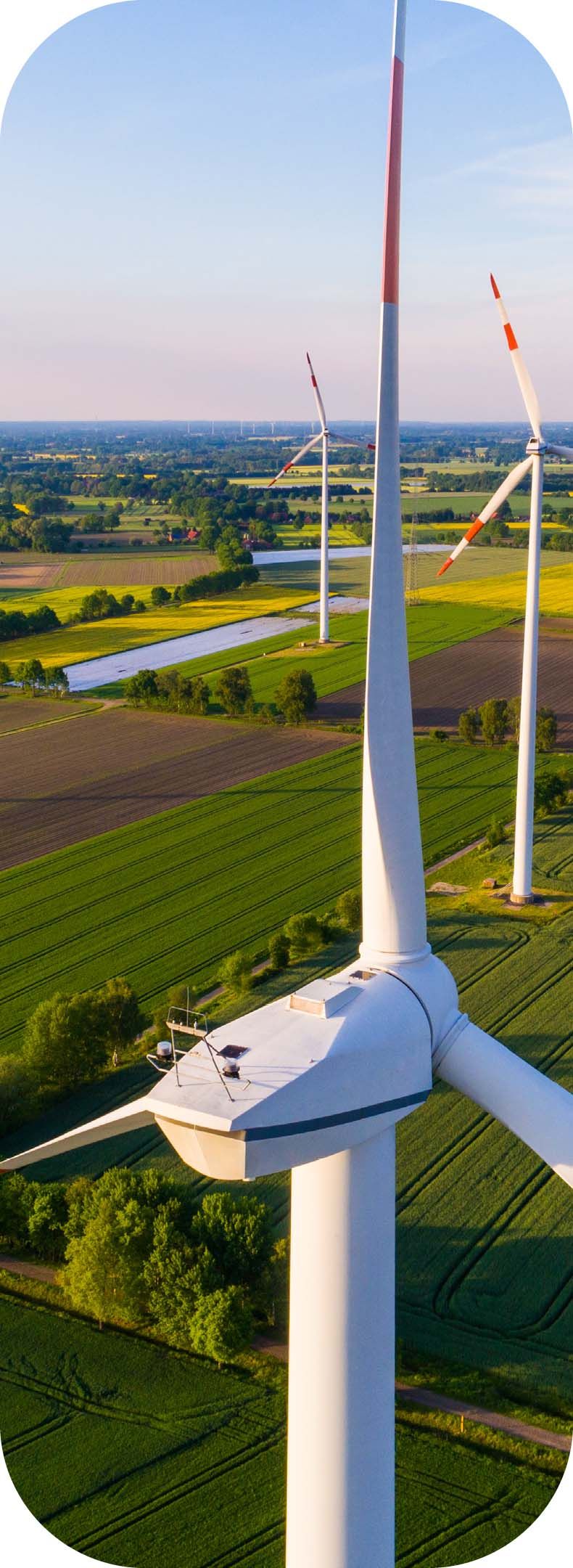
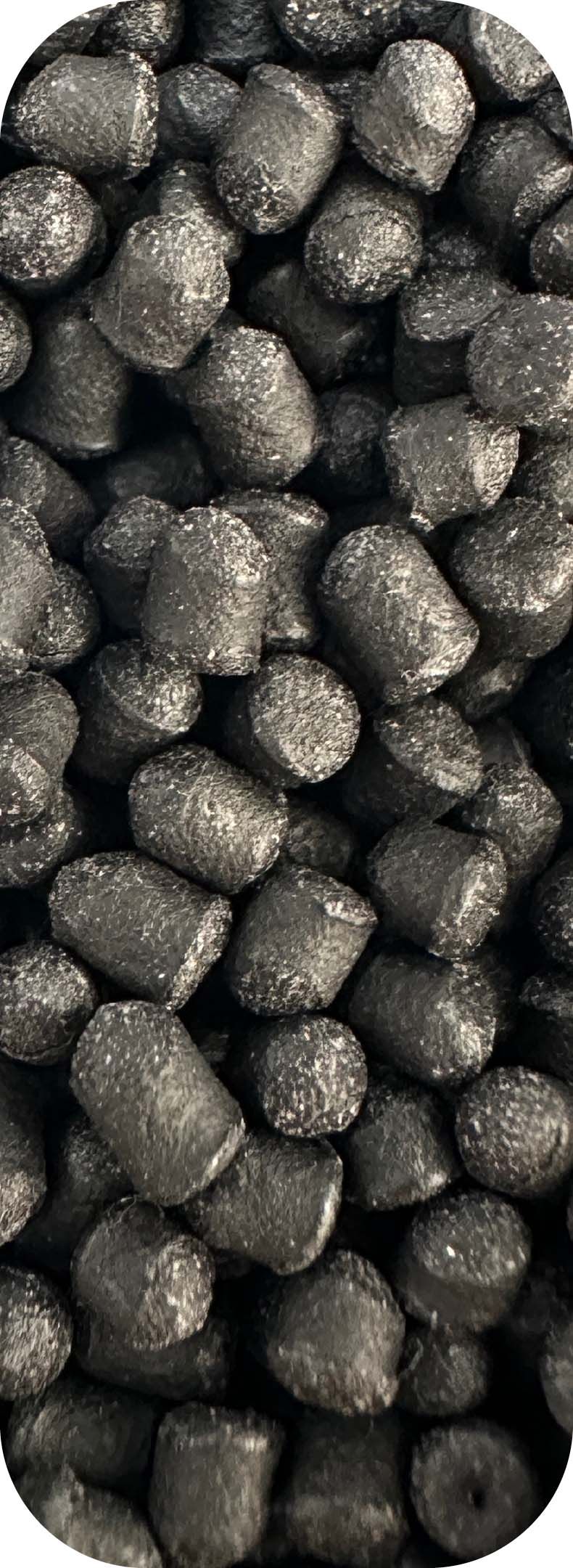
Carbon Fiber
Waste from the wind power and automotive industries is processed into stable carbon granulate – the basis for lightweight, durable furniture with a technical aesthetic.
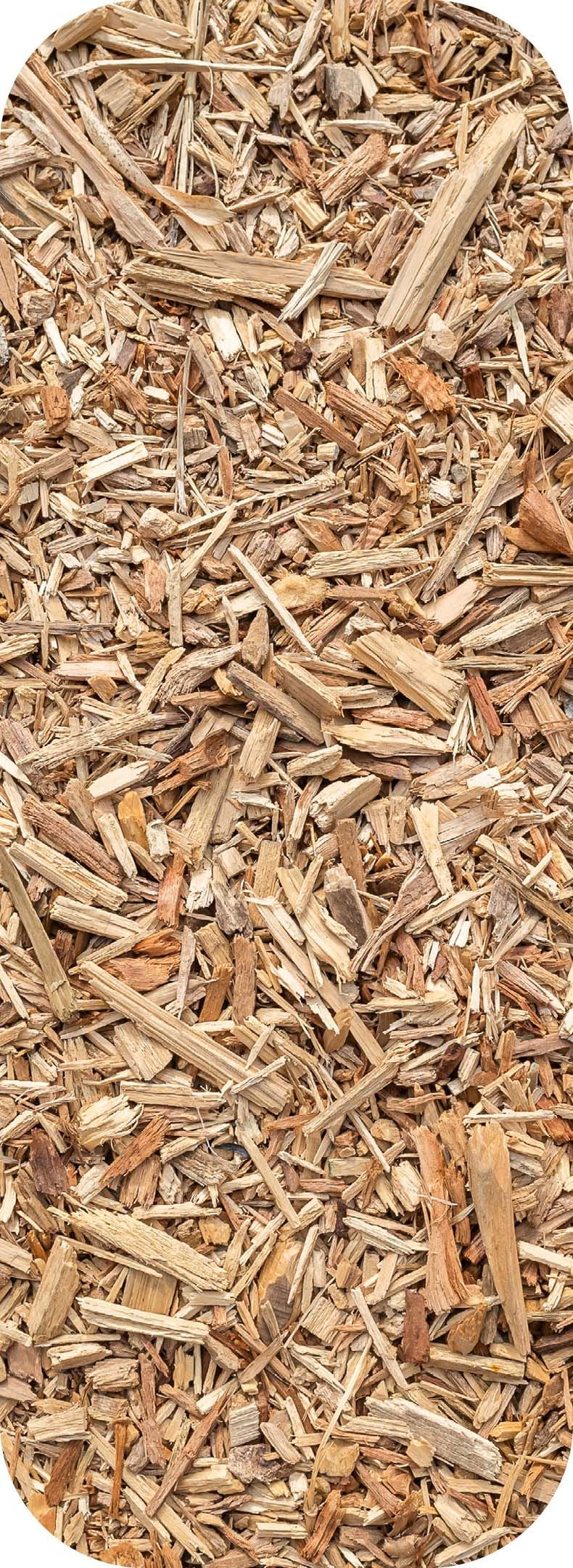
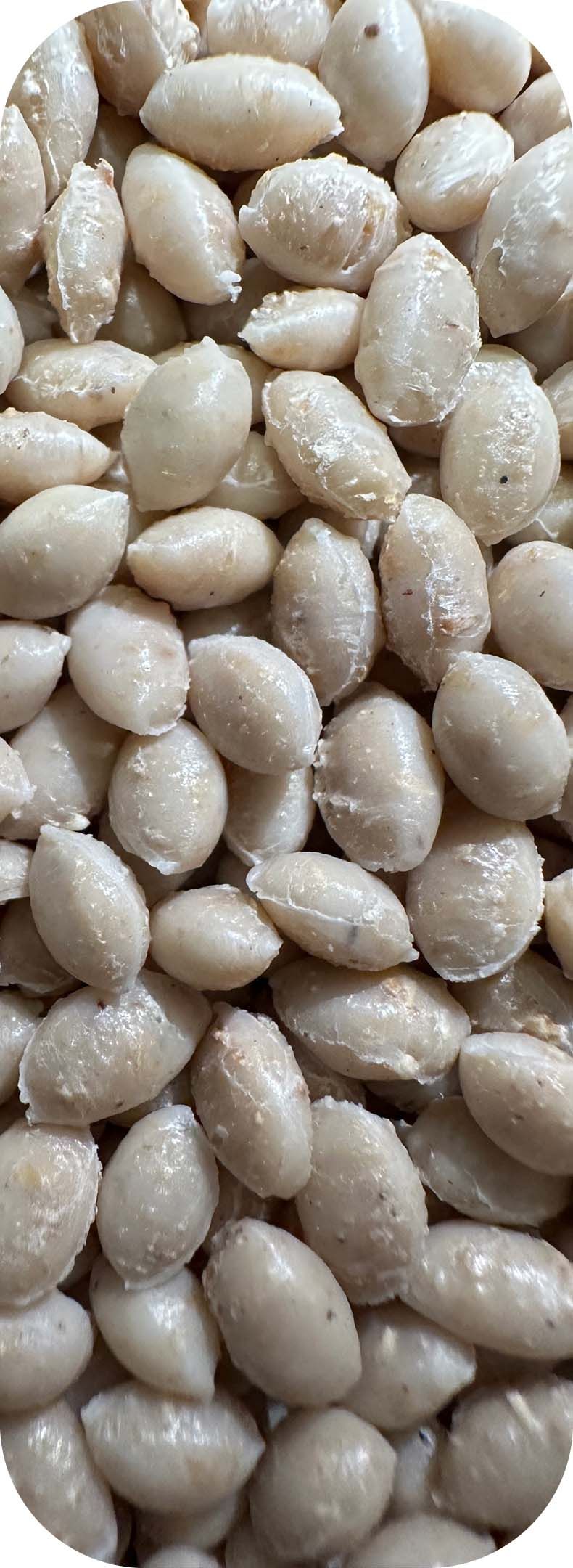
Wood Fibers
Wood residues and natural fibers are processed into bio-based granulate – a sustainable material with a warm, natural character.
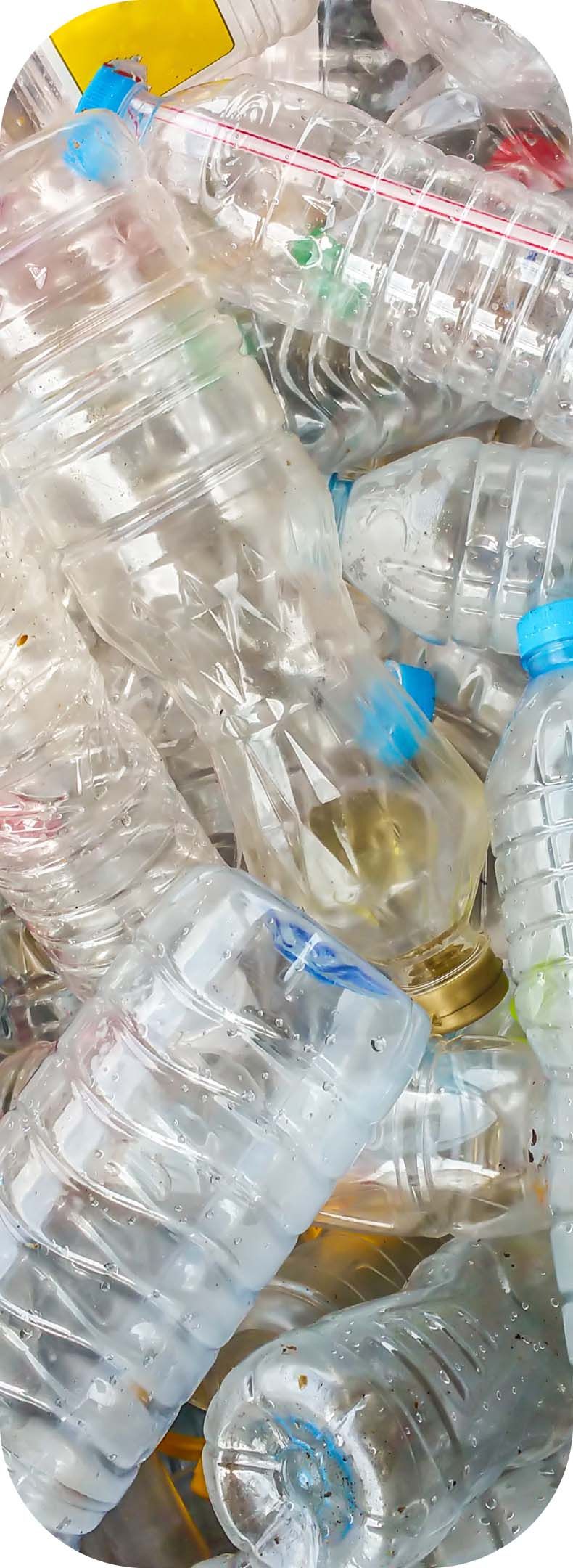
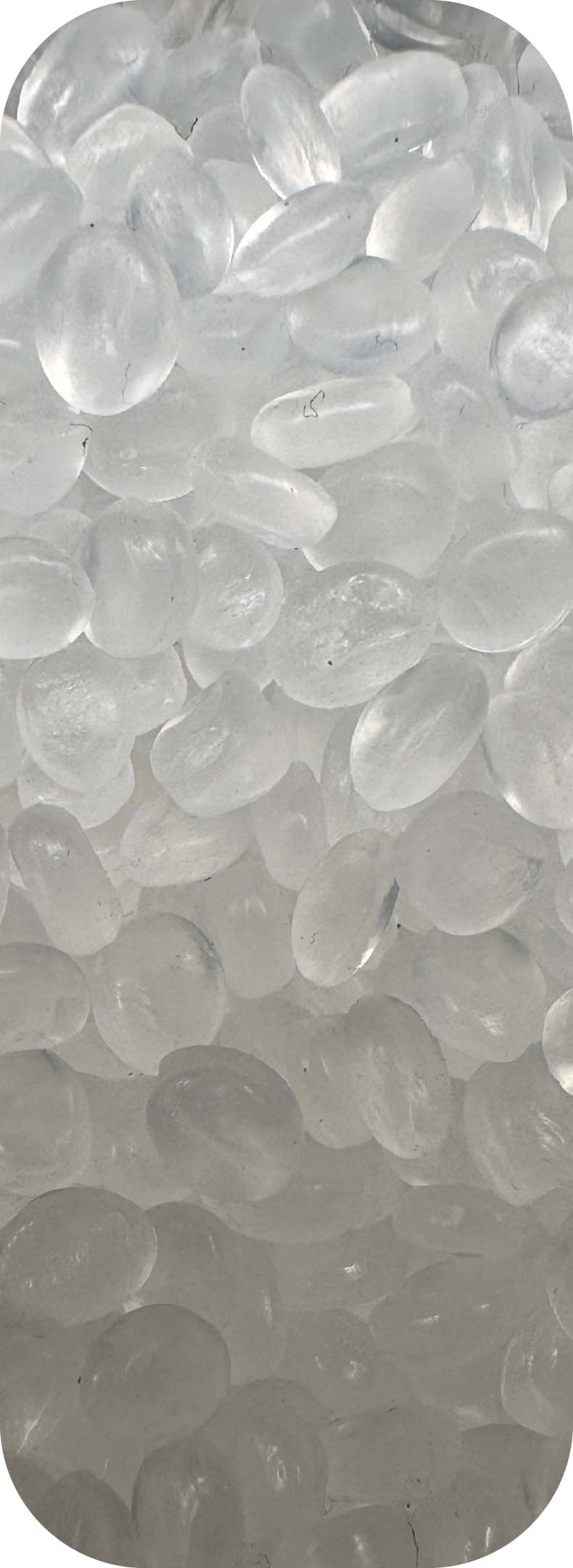
PET-Bottles
Used PET bottles are shredded, cleaned, and processed into acoustic felt—sound-absorbing, color-fast, and fully recyclable.

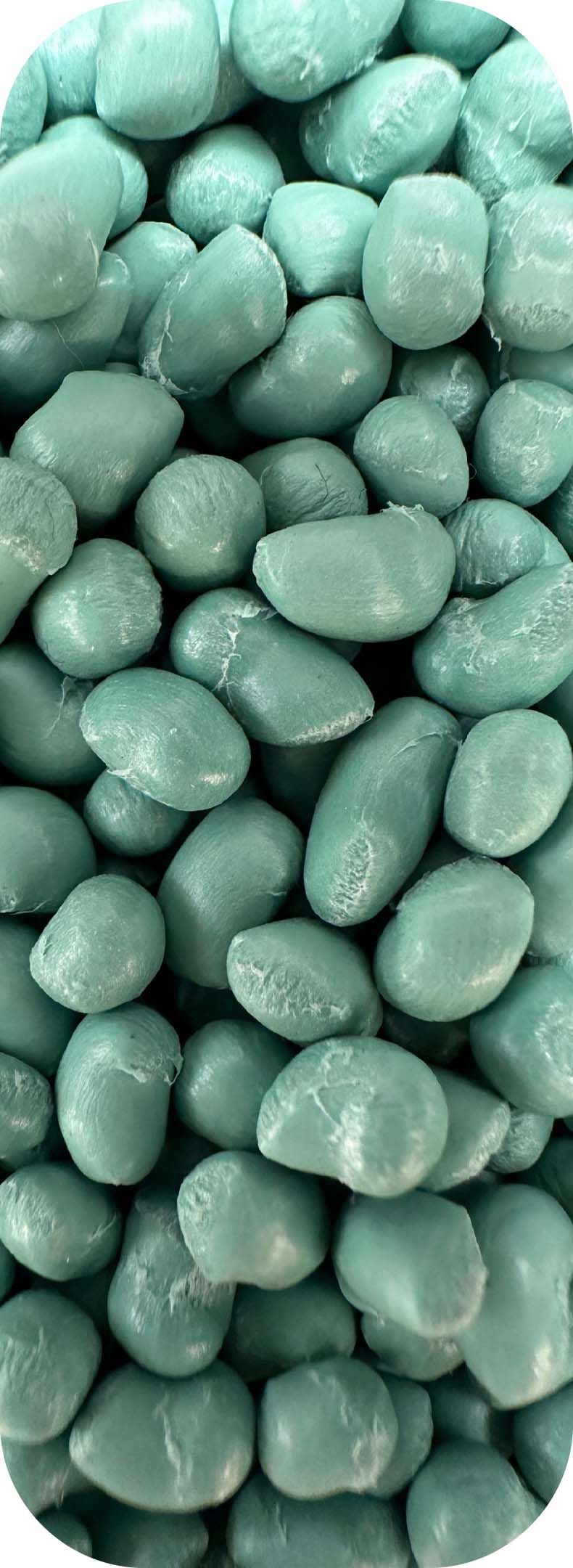
Fishing Net
Discarded fishing nets are collected, sorted, and turned into sturdy plastic granulate that can be reused for durable components.
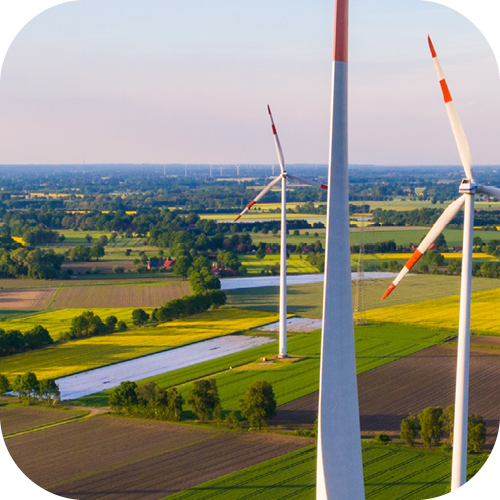
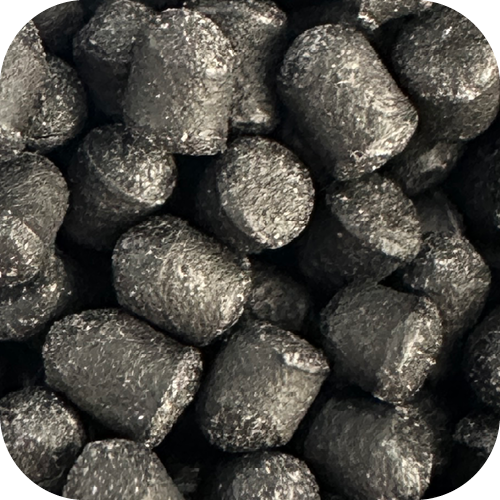
Karbonfasern
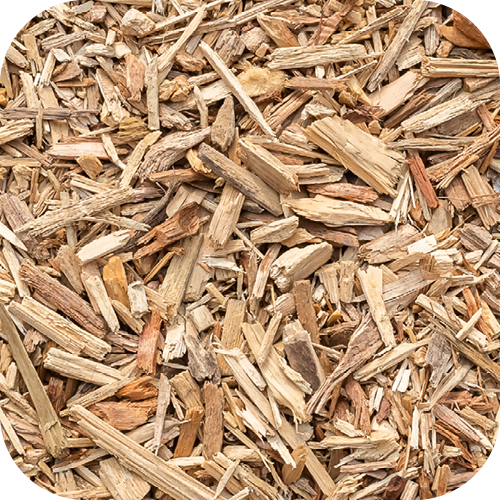
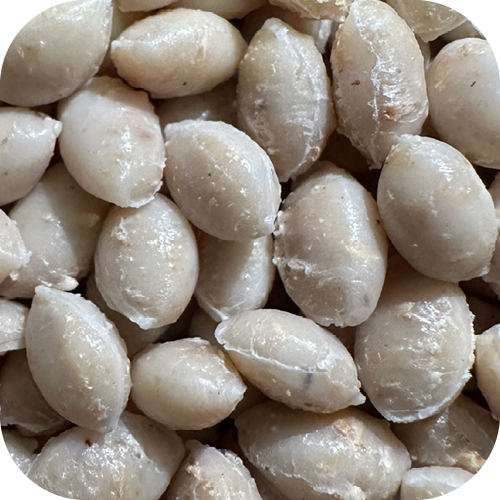
Holzfasern
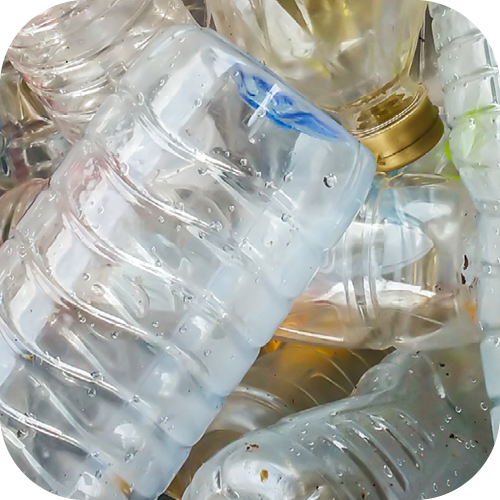
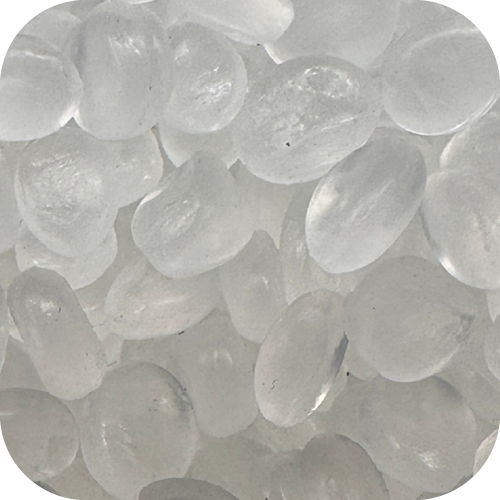
PET Flaschen

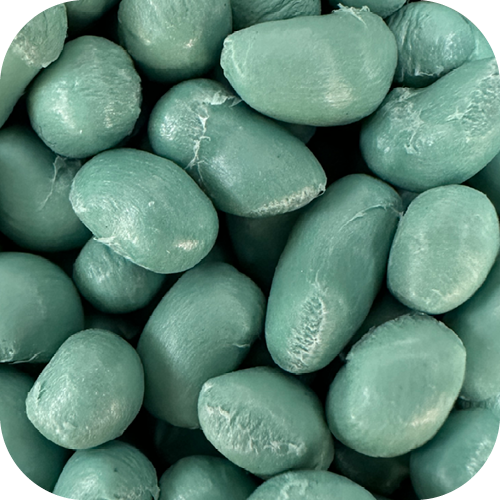
Fischernetze
Robotics with integrated 3D printing
We process pellets made from recycled materials using a robot-assisted 3D printing process – and use them to create furniture, lighting, and design objects. The pellets are heated and pressed through an extruder mounted on a robot arm weighing around 1 ton. This arm moves on up to 7 axes and applies the material precisely layer by layer. Unlike conventional processes, this also allows non-planar print paths, i.e. curves and organic shapes without support material.
Thanks to the direct processing of pellets, this process is not only faster and more sustainable than conventional filament printing, but also more powerful:
Up to 30 kg of material per hour can be processed in large-format printing – around 10 kg per hour in smaller setups.
The result: resilient, dimensionally stable furniture – without any mold construction, glue, or screws.
Our Materials
| Material | Origin | Recyclable Content |
|---|---|---|
Carbon Fiber Granulate | Wind Turbines, Car Manufacturing | ≥30 % |
Biofibre® Silva | Wood Waste & PLA | ~100 % bio-basiert |
Acoustic Felt (PET) | PET-Bottles | ≥ 60 % |
